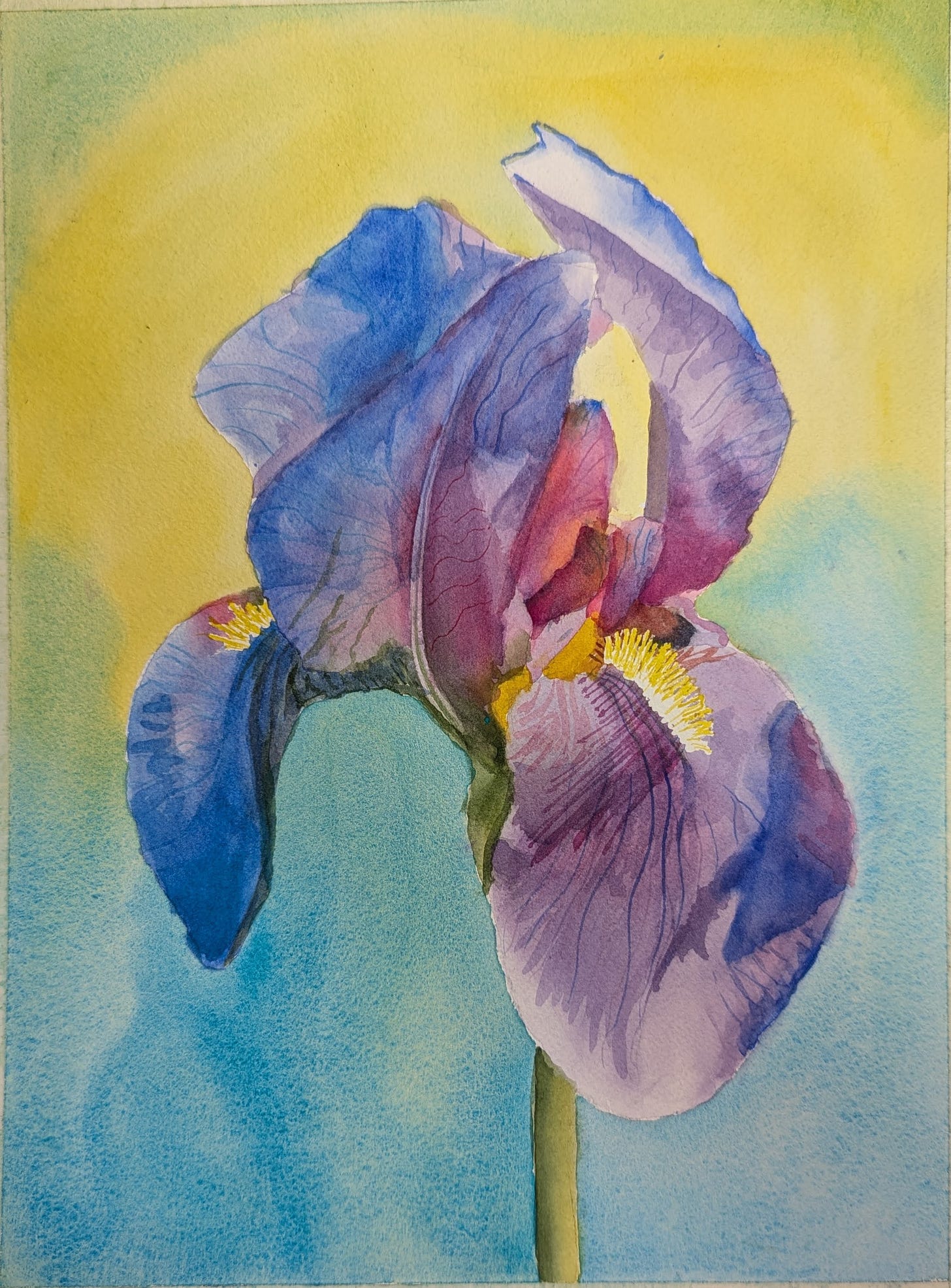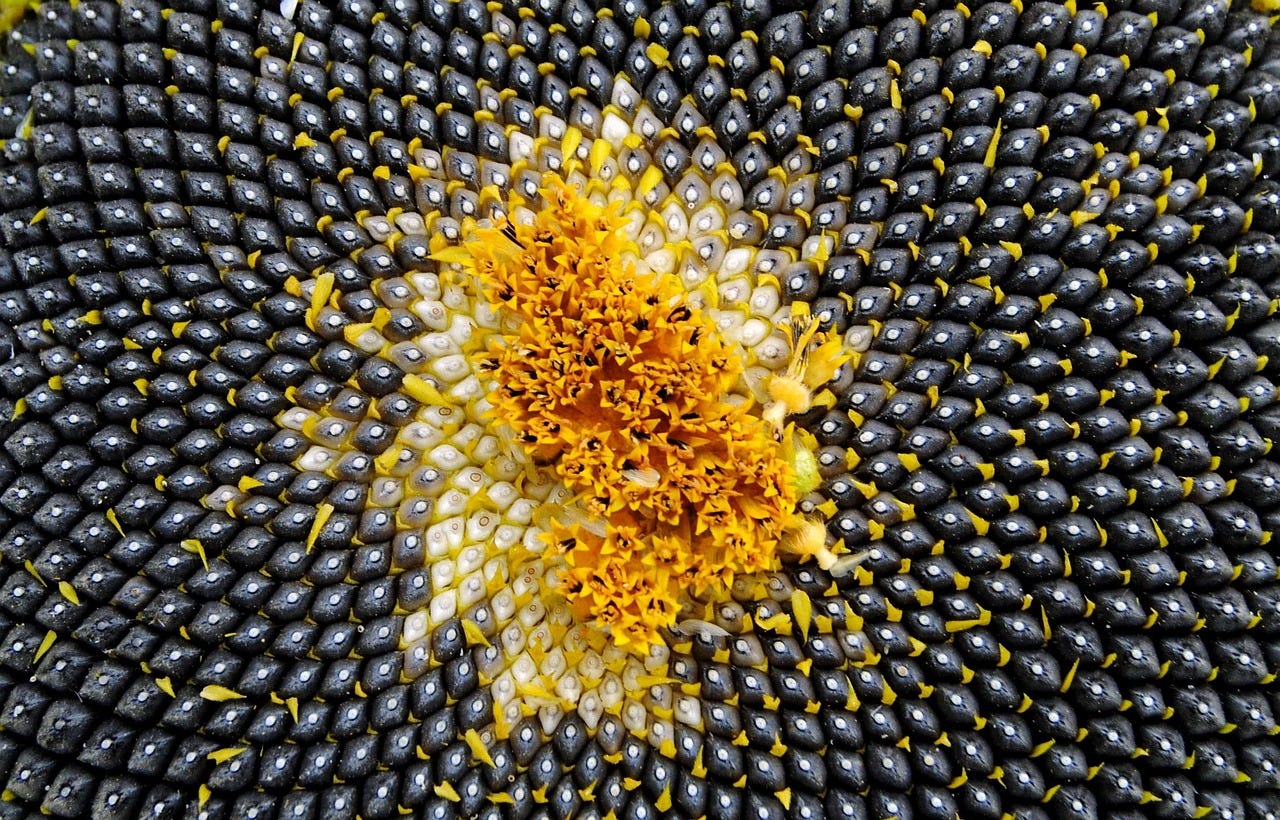Sunflower #2: A Quick Tutorial for Mindful Breathing
“Feelings come and go like clouds in a windy sky. Conscious breathing is my anchor.” — Thich Nhat Hanh
“Sunflower” posts are to share inspiration about activism. They are to explore our ideals, passions, and motivations.
Like a young sunflower, it is helpful to orient ourselves towards the sun, letting it guide us during hard times of growth. So that when we are grown, we can face proudly east together, to greet the sunrise we know awaits us in the morning. See past Sunflower posts here.
Mindful Breathing
During this time, many people are getting overwhelmed. This can lead to inaction. Something I find helpful is mindful breathing.
I want to share some simple instructions for giving mindful breathing a try.
There are many methods and practices of mindful breathing; you have box breathing, 4-7-8 breathing, belly breathing, and many more. There are many apps and videos with guided breathing practices. You can even spend a lot of money learning to breathe!
Here I want to briefly share with you how I would advise a friend to start. It is inspired by the writings of Thich Nhat Hanh, and the practices of Plum Village. If you enjoy this method, you may enjoy their works on mindfulness.
I would start with these three steps.
Be aware of your breathing.
Be aware of your entire breathe.
Enjoy breathing.
1. Be aware of your breathing
The first step is to just begin to be aware of your breathing. You can do this while doing anything, but as you start, you may like to be in a quiet place without distractions. Just bring your awareness to your in-breath, and your out-breath. In, out. Continue this for as long as you like.
You may like to use a simple poem like the ones taught by Thich Nhat Hanh:
Breathing in, I know I’m breathing in. Breathing out, I know I’m breathing out.
Eventually, you may shorten it to just:
In, Out.
Thoughts, emotions, sensations all will come up. Let them be there, maybe smile at them, then come back to “In, Out.”
No need to change your breathing, no need to try to feel anything, just in-out.
You may like to try it now, at least a few cycles.
2. Be aware of your entire breathe.
Once you feel you have settled into your breath a bit, or you can follow it a bit more easily, start following the full length of your breath. You may even include the little still moments of transition between breathing in and out in your awareness.
You may say to yourself:
Breathing in, I am aware of my entire in-breath. Breathing out, I am aware of my entire out-breath.
Or you can do what I do and think:
Innnnnnnnnnnnnnnnnnnnnnnnnnnnnnnnnnnnnn Ouuuuuuuuuuuuuuuuuuuuuuuuuuuuuuuuuuuuut
Just try to keep your awareness for the entirety of your breathing. Thoughts, emotions, sensations all will still come up, again just smile at them, they are a part of you, they are breathing with you, just come back to your full breath.
If difficult emotions come up, you can imagine them as a fussy baby, imagine holding them in your arms, let your breathing rock them in awareness. They may fall asleep, or they may cry, you might cry, just keep holding them and showing your love to that part of yourself.
You might notice your breathing getting slower, or deeper. You can be aware of this if it's happening, perhaps now you say deeeeep innnnnn, sloooow ouuuuuuut. But, no need to try to make your breath deep or slow, you might be caring for your “fussy baby” after all.
3. Enjoy breathing.
At some point, you may notice something you enjoy about breathing; you may feel calm, thankful to be breathing, you may feel at peace, you may be aware of being alive and how special that is. These are all wonderful feelings that we can be aware of with our mindful breathing as well! You may want to smile at this feeling with your breath.
Breathing in, I feel (calm)(at peace)(relaxed)(thankful to be breathing)(happy to be alive) Breathing out, I smile at this feeling
Then perhaps:
(calm)(at peace)(relaxed)(thankful to be breathing)(happy to be alive) I smile
You can continue to follow your entire breath, enjoying this moment of being alive and breathing, for as long as you like.
This is a practice to be enjoyed.
Mindful breathing is not a chore, homework, or a self-improvement project.
It is a way to enjoy being alive, here and now. To touch something that is wonderful in this present moment.
You can touch this feeling, with your mindful breathing, anytime and anywhere.
Ok, with how simple this is, is this a beginner's practice?
No, it is simply a skill you can develop. The challenge comes from when you use it.
The challenge is to come back to your breath throughout your day, to be present. Use this as a way to not have your judgment clouded by fear, anger, and hate. To have a calm mind, to take the right action at the right moment. To give yourself rest when you need it.
Practice this safe, at home, without distraction -- so you can then use this when someone is yelling at you at a protest, or you have to do something important that scares you. Use it when you cannot rest, but know you need rest. Use it when anger, hate, and despair threaten to overwhelm you.
There is a reason breathing practices are taught to members of the military; panic and fear rarely help us make the right decision under pressure. It also helps people rest, despite being in dire circumstances.
Additionally, if we can enjoy breathing, then we can have joy and happiness even when everything else feels like it is going wrong.
Calm under pressure, rested, seeing clearly through emotion -- these are all attributes that will improve our ability to be activists.
Importantly, no matter where you are, no matter what has happened to you, as long as you are alive, you can touch the present moment with your breath.
Thank you for being here,
Chris







Thank you, Chris - this was a wonderful, calming read, and a great practice to begin my sunny morning - even though the external weather is rather dreary here, now I smile. :)